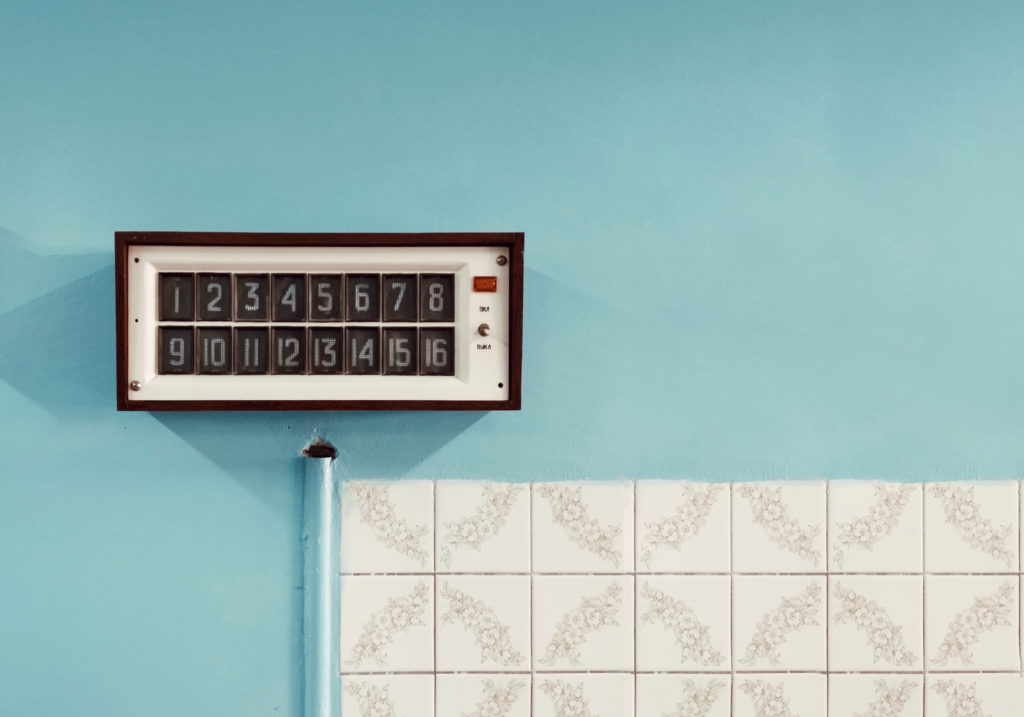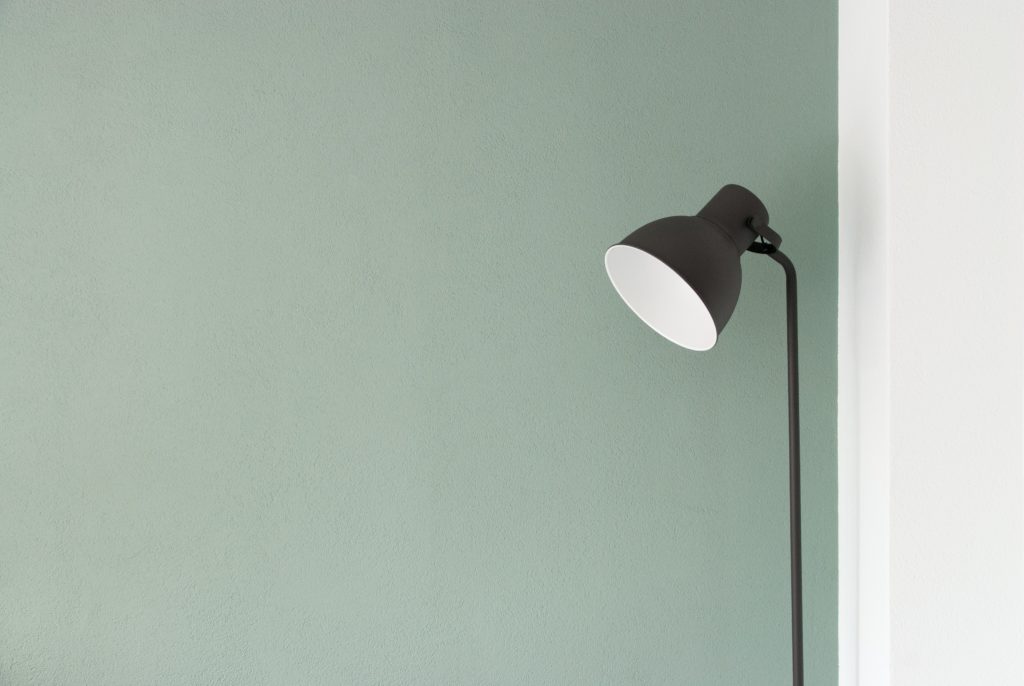
Insights
April 15, 2019How to deal with the current account as a DGA
As a DGA (director and major shareholder) you will probably sometimes pay costs for the BV (private limited company) with your personal debit card. Or the other way around: You deposit your monthly contribution to the joint account from the business bank account. This is not so much a problem in itself: you don’t have to keep track of every transaction. But these payments do have tax consequences.
In case of a private payment for business matters, the BV owes you. And vice versa, the company can claim money from you as a private person. The balance sheet of these payables and receivables is called the Current Account DGA, which lists the debts and receivables from your BV in relation to you.
The big advantage of a current account is that it makes daily business workable since you don’t have to draw up a separate loan agreement for every invoice you advance for the BV or the other way around. But in the end, the current account is of course an overview of a debt that must be paid. It’s customary to calculate the current account debt when preparing the annual financial statements.
Paying off the current account
Every year, there needs to be determined what will be done with the current account. There are three options:
- Repay current account balance.
- Continue current account as it is, do nothing.
- Repayment by means of a dividend payment.
The first option is quite simple: the party in debt repays the money.
The second option is also easy, but you can’t do this forever without it having consequences. The current account is used for small amounts of money. In general, the balance must remain below €17,500 in order to not pay interest. If the balance exceeds this amount, interest is charged on the entire amount. You can either pay the interest or add it to the debt.
The last option needs some explaining. Suppose you, as a DGA, have a current account debt of €50,000 with your BV. In general, this must be repaid. But the BV can also say: We’ve made a profit recently, so we’re paying out dividends worth €50,000 net. In reality, the BV doesn’t actually pay this dividend, but instead it’s used to repay the debt.
It’s important to note that, as a DGA, you 25% tax on dividends received. This tax is structured as follows: first, you’ll be assessed for 15% in the BV and then another 10% in the income tax return. This results in the following tax amounts: The 50,000 dividend is net, which means that a gross dividend of 50,000/85*100 = €58,824 is paid. The BV first pays €8,824 in dividend tax (15%). Subsequently, €5,882 will be levied at the DGA in the income tax.
So in order to pay off €50,000 in debt on the current account through a dividend payout, you need €14,706 to be able to pay the taxes on this.




